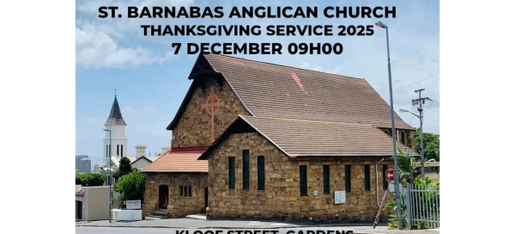Find hope, purpose, and community at St Barnabas Anglican Church.
Transforming Lives Through Faith
Find hope, purpose, and community at St Barnabas Anglican Church.
Find hope, purpose, and community at St Barnabas Anglican Church.
Find hope, purpose, and community at St Barnabas Anglican Church.
We use cookies to analyze website traffic and optimize your website experience. By accepting our use of cookies, your data will be aggregated with all other user data.
